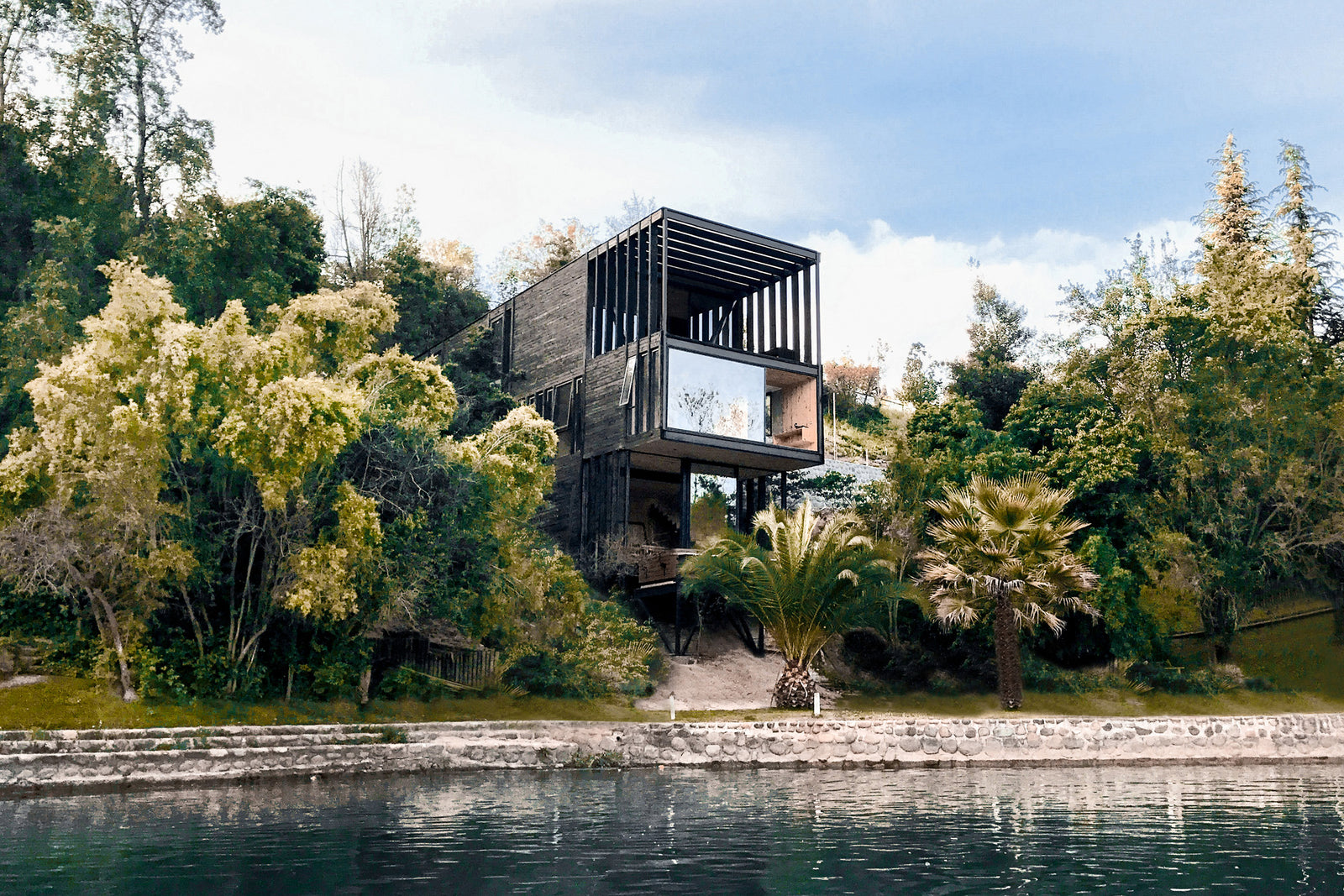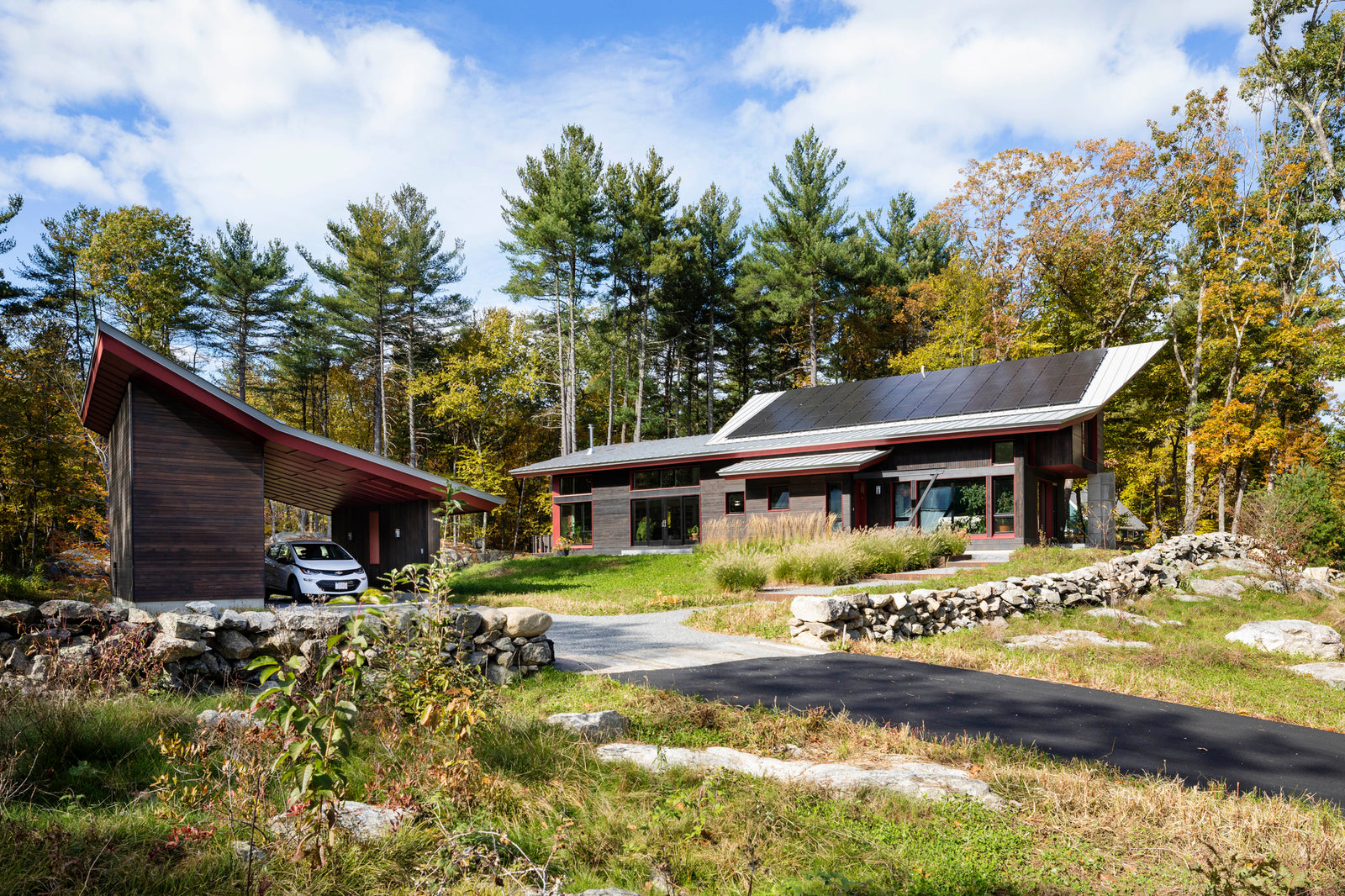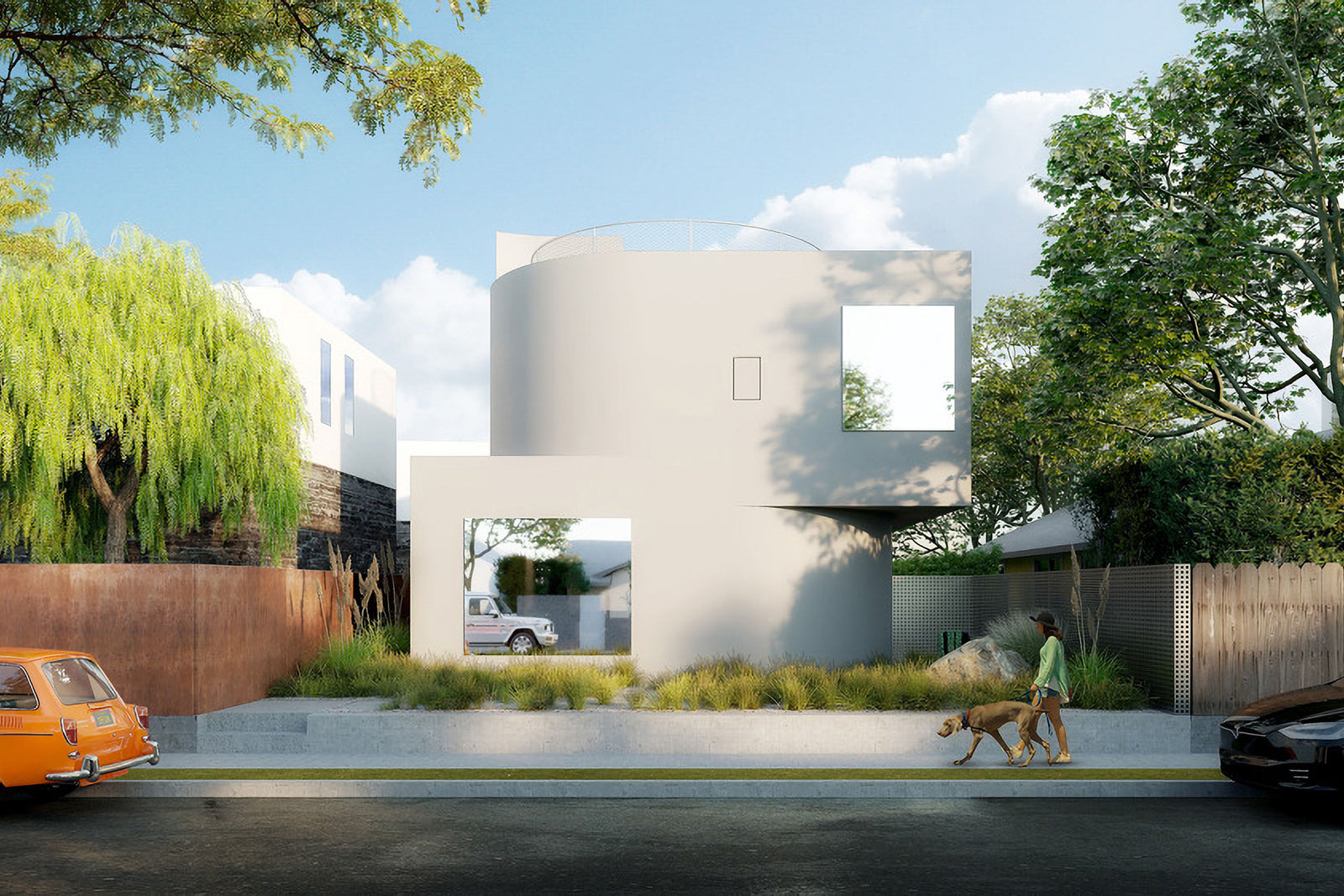Your Cart is Empty
- Decor
- Kitchen
- Tabletop & Bar
- Lifestyle
- Inspiration

The Slope House is a 244 m² architecture by Chilean Hsü Rudolphy firm by that overlooks Chile's Rapel Lake, an artificial reservoir that feeds into a dam farther down the Rapel River.

It is situated on the outskirts of Lake Rapel, two hours from Santiago de Chile. The project is divided into three stages. The communal areas including the living room, kitchen, dining room, terrace, and services are located on the top floor. This floor features a roof, which is an inclined plane that provides hierarchy to the spaces, which range in height from 4m to 2.7m. The three bedrooms and baths are positioned on the main floor, while the lower floor includes a multipurpose living area with a second terrace that links to the ground and the lake.


The design is comprised of an essential steel and concrete structure that intervenes minimally in the field and is subsequently covered with a wood and glass covering. Architects aimed to discover basic solutions, simple finishes, but effectively coordinated, in order to obtain an ideal outcome for users, with little maintenance and great durability, and eventually to move its occupants with the quality of the spaces and their relationship with the nature.


Two major themes are raised in the architectural project. Views of the lake and environmental conservation To achieve both, the home is built perpendicular to the ground's slope, resulting in small and exact terraced floors, avoiding huge earthworks, and on three compact floors, reducing land occupancy and erosion while providing good height and vistas.


The concept is to merge the architectural volume with the natural surroundings, as if it were born from the earth. Their goal was to create a harmonic conversation between the artificial and the natural worlds. The entrances are built as pathways that connect the various floors of the structure with the natural landscape and its route amongst the trees.




















Photographs by Ian Hsü.



The Radius House is the young firm's first residential project, which was finished in the early weeks of 2022.